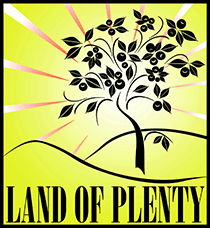Any day when you come home covered in composted manure is a great day. No time to change clothes. Gotta write about it well it’s still fresh.
The product is Coast of Maine and it’s great stuff for gardening of all kinds and it’s easy on the earth. I used it to help add organic matter to a sandy woodland edge soil where I established a perennial garden from plants that needed to be moved from a bed where the hedge was threatening to overgrow them. Composted manure is safer to use than raw manure because most of the pathogens should have been gobbled up or pushed out by the decomposers in the composting process. It smells like dirt and feels a little heavier than your standard garden compost. Still, best to wash your hands before eating lunch, which I did.
It’s day 1 of the first big project of the business. It’s in a wooded housing development on the edge of Boston. When I first visited the client I felt like I was in a state park campground. Beautiful place to spend a sunny September Day and contemplate the good life.
Today, we transplant. Rhododendrons, a lilac, a littleleaf boxwood hedge and sundry herbaceous perennials. So here’s a review of the Rhododendron transplant. The concept: leave no trace…except for the plants…and maybe a well placed boulder.
Revealing the hidden Rhodes:
Can’t see it? It’s hiding to the left, tucked behind a hydrangea. Another was situated nearby where the client could not see it and enjoy it.
Here’s the other one. This shot faces the driveway.
Now you see it.
Now you don’t.
I estimated the caliper of the two main trunks at the base of the shrub at 1″ each for a total of 2″. The root ball should be 1′ in diameter for every inch of caliper. The size of the rootball that I dug was a little more than 2′ in diameter.
I carefully slid the rootball onto a plastic tarp, keeping the soil around the roots. Then slide it across the ground to the transplant location. You have to keep the root ball together and protected from drying out. The tarp worked well for that purpose and for sliding the heavy rootball over the surface. I had to lift it over a few obstructions as this was a wooded area, studded with puddingstone and understory shrubs. It was just enough for a one man job where a cart couldn’t be used.
The transplant location was in the same wooded buffer between the driveway and a parallel roadway. This is a naturalized man made landscape dominated by aspen and white pine. The leaves are allowed to molder on the land, which creates a self-fertilizing system. The goal is to maintain the natural look of the location. Leave no trace…







Ben,
Thanks for the email. Look forward to reading more.
– localecology.org